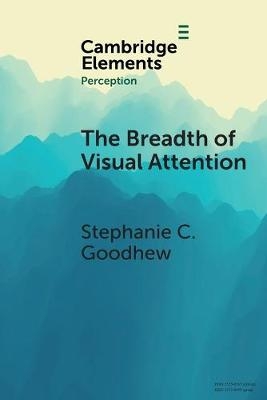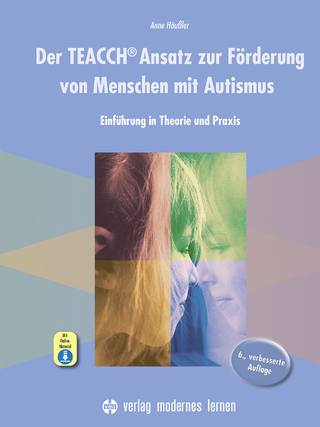
The Breadth of Visual Attention
Seiten
2020
Cambridge University Press (Verlag)
978-1-108-79621-7 (ISBN)
Cambridge University Press (Verlag)
978-1-108-79621-7 (ISBN)
This Element is for researchers seeking to understand visual attentional breadth. It critically considers the conceptualisation, measurement, and manipulation of attentional breadth, and how changing breadth impacts perceptual performance. The Element reviews the current 'state of the art', and provides useful frameworks for shaping future science.
Humans can focus their attention narrowly (e.g., to read this text) or broadly (e.g., to determine which way a large crowd of people are moving). This Element comprehensively considers attentional breadth. Section 1 introduces the concept of attentional breadth, while Section 2 considers measures of attentional breadth. In particular, this section provides a critical discussion of the types of psychometric evidence which should be sought to establish the validity of measures of attentional breadth and reviews the available evidence through this lens. Section 3 considers the visual task performance consequences of attentional breadth, including prescribing several key methodological criteria that studies that manipulate attentional breadth need to meet, as well as a discussion of relevant theories and avenues for future theoretical development. Section 4 discusses the utility of the exogenous–endogenous distinction from covert shifts of attention for understanding the performance consequences of attentional breadth. Finally, Section 5 provides concluding remarks.
Humans can focus their attention narrowly (e.g., to read this text) or broadly (e.g., to determine which way a large crowd of people are moving). This Element comprehensively considers attentional breadth. Section 1 introduces the concept of attentional breadth, while Section 2 considers measures of attentional breadth. In particular, this section provides a critical discussion of the types of psychometric evidence which should be sought to establish the validity of measures of attentional breadth and reviews the available evidence through this lens. Section 3 considers the visual task performance consequences of attentional breadth, including prescribing several key methodological criteria that studies that manipulate attentional breadth need to meet, as well as a discussion of relevant theories and avenues for future theoretical development. Section 4 discusses the utility of the exogenous–endogenous distinction from covert shifts of attention for understanding the performance consequences of attentional breadth. Finally, Section 5 provides concluding remarks.
1. Introduction to attentional breadth; 2. Measuring attentional breadth; 3. Manipulating attentional breadth and understanding its impact on performance; 4. Exogenous versus endogenous attention and how it relates to attentional breadth; 5. Conclusions.
| Erscheinungsdatum | 11.06.2020 |
|---|---|
| Reihe/Serie | Elements in Perception |
| Zusatzinfo | Worked examples or Exercises |
| Verlagsort | Cambridge |
| Sprache | englisch |
| Maße | 153 x 230 mm |
| Gewicht | 20 g |
| Themenwelt | Geisteswissenschaften ► Psychologie ► Biopsychologie / Neurowissenschaften |
| ISBN-10 | 1-108-79621-4 / 1108796214 |
| ISBN-13 | 978-1-108-79621-7 / 9781108796217 |
| Zustand | Neuware |
| Haben Sie eine Frage zum Produkt? |
Mehr entdecken
aus dem Bereich
aus dem Bereich
Grundlagen, Klinik, Rehabilitation
Buch | Softcover (2024)
Urban & Fischer in Elsevier (Verlag)
56,00 €
Buch | Spiralbindung (2022)
modernes lernen (Verlag)
29,95 €
Grundlagen, Klinik, Therapie und Verlauf der …
Buch | Softcover (2024)
Kohlhammer (Verlag)
84,00 €


